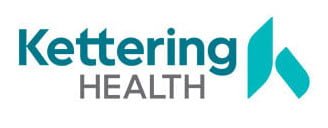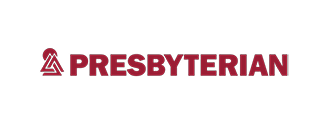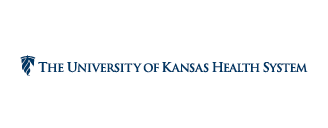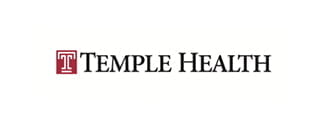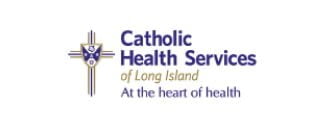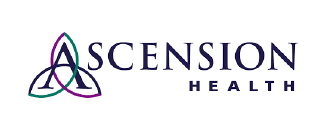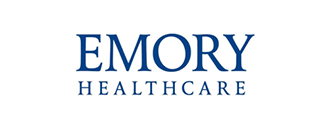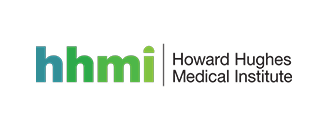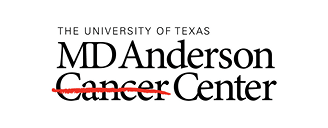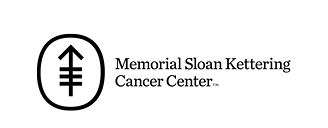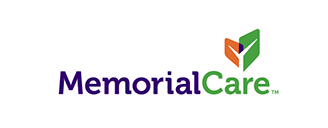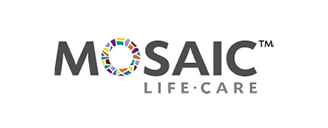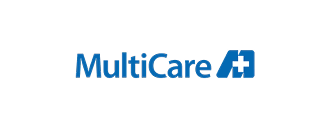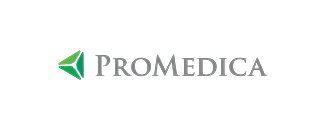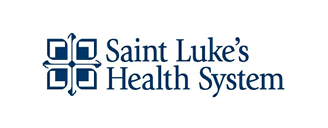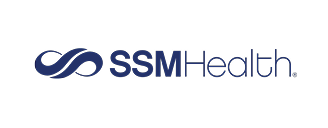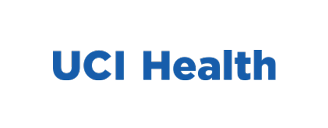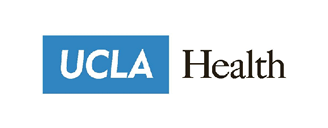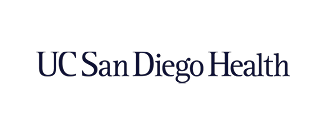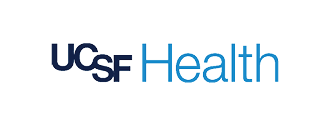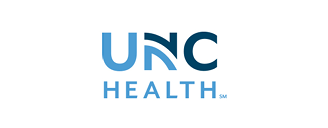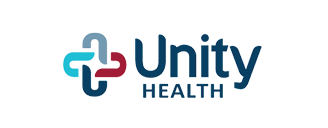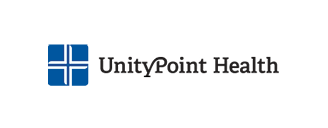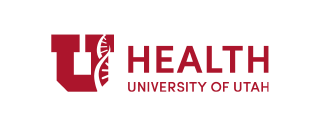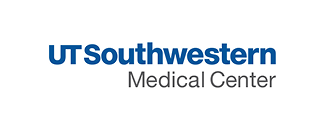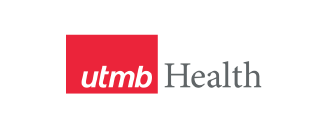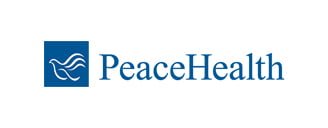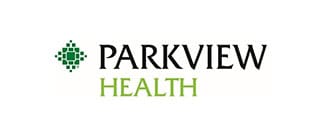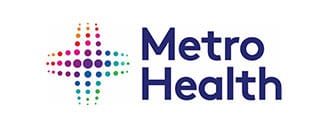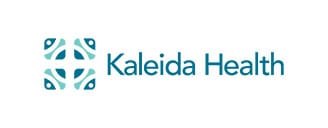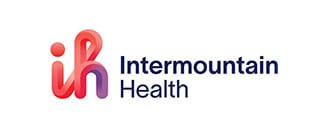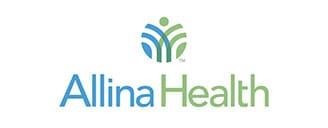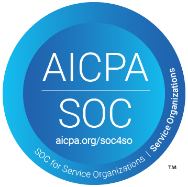Introduction
The American Society of Health-System Pharmacists (ASHP) recently published its highly-anticipated Pharmacy Forecast for 2025. In addition to insights from pharmacy leaders, the report surveyed over 300 pharmacists in the field on emerging trends influencing healthcare, health systems, and the pharmacy profession.
In the report, the authors offer strategic guidance for pharmacists and health system leaders to plan for the upcoming challenges and opportunities presented. This year’s forecast identified six significant trends shaping the industry in 2025 and beyond.
Six emerging trends influencing health system pharmacies
- The business of healthcare: Challenges in health system pharmacy
- Managing ultra-high-cost drugs
- Addressing the gap in primary care
- Whole person health
- Navigating generative AI
- Stabilizing the pharmacy workforce
Each trend presents its own complexities that require collaboration and innovative thinking from health system leaders and pharmacists. In the following two-part article, we summarize the key takeaways from the first half of the ASHP 2025 Pharmacy Forecast. This includes an overview of the first three trends identified in the report and the ASHP’s recommendations for healthcare professionals.
The business of healthcare: Challenges in health system pharmacy
The ASHP Forecast identifies several health system revenue streams that are at risk as pharmacy services grow more complex. Competitive market forces pressure these revenue streams even further.
Service and reimbursement changes
Payors and PBMs are increasingly seeking to reduce costs by shifting infusion services away from the health system to independent physician offices or by moving reimbursements from a medical insurance benefit to a pharmacy benefit. This means less revenue kept within the health system.
Reinforcing this point is the fact that 80% of pharmacists surveyed in the report also believe that payors would likely force reimbursements through the pharmacy benefit in response to PBM reforms, resulting in further health system revenue decreases of 50%.
Pharmacy bagging and site-neutral payments
Next, the report underscores how certain “bagging” practices further shift pharmacy revenues outside the health system. While bagging models can be less expensive for insurers, these costs are typically passed along to patients while creating unnecessary administrative burdens for health systems.
In addition, site-neutral payment policies stand to reduce reimbursements as well—particularly for rural health systems. These policies would reimburse providers for administering medications at the same rate for both hospital outpatient departments and physician offices. This is despite the fact that patients typically receive higher-value care when receiving medications within the hospital.
Site-neutral policies may make it less financially sustainable for health systems to administer medications. This could reduce access to critical medical services in many communities. According to the ASHP’s survey data, 75% of pharmacists believe these policies will negatively affect healthcare systems’ revenue.
Summary of strategic recommendations
In response to these challenges, health system pharmacies have the opportunity to transition certain acute care services to the home setting. For example, at-home infusions can be a safe and cost-effective means of retaining health system revenue while expanding integrated services.
Additionally, the ASHP recommends several other steps for health system leaders and pharmacists to proactively navigate these trends:
- Work with policy-makers to restrict bagging practices due to risks to patient safety, financial effects, and administrative burdens.
- Collaborate with health system finance experts to model financial outcomes of site-neutral payment policies.
- Ensure that policy-makers understand the standards of care required when administering medications in the health system.
- Identify treatments suitable for home administration both from a safety and financial perspective.
- Collaborate with physicians, community clinics, and affiliated pharmacies on disease prevention and management programs.
Managing ultra-high-cost drugs
Ultra-high-cost drugs (UHCDs) are another influential trend identified by the ASHP 2025 Pharmacy Forecast. UHCDs like gene and cell therapies can cost millions of dollars per patient for a one-time treatment.
The FDA has approved over 21 gene and cell therapies in recent years. Although these drugs typically target very rare and/or orphan diseases, their share of total pharmaceutical spending is expected to grow.
Given their extremely high cost, health systems must consider the impact of these therapies on patient access, payment, and more.
UHCDs: Who pays?
It’s estimated that approximately half of UHCD spending will be from non-Medicare payors, including commercial insurance and Medicaid. The report notes that this will likely place additional strain on payor budgets, possibly leading to restricted access and increased premiums.
As the market share of UHCDs grows, payors are exploring alternative payment models to cover their costs. Potential solutions include outcomes-based payments, subscription-based models, and stop-loss insurance for smaller payors. Stop-loss insurance allows employers to pay an additional fee for access to UHCDs.
Ensuring access to UHCDs
It’s important to note that not all health systems may be equipped to offer ultra-high-cost therapies. In addition, UHCD manufacturers may opt to work only with select locations to administer these medications.
To illustrate one scenario, UHCD manufacturers may require pharmacists with expertise in cell and gene therapies to oversee their administration. However, only half of pharmacists surveyed stated that their health system pharmacy was prepared to handle these therapies.
Lastly, the report advises health systems to consider their role in the ethical allocation of UHCDs. In the present landscape, access to UHCDs will be controlled largely by payors rather than providers. As such, alternative payment models will again be crucial to ensuring access to UHCDs.
Summary of strategic recommendations
To prepare for a growing UHCD market, ASHP advises health systems to first assess their financial capacity, service lines, and clinical expertise for UHCDs. Additionally, manufacturers, Medicaid programs, and revenue cycle teams must collaborate to ensure patient access and adequate reimbursement.
Likewise, pharmacy leaders must engage with C-suite administrators, develop training programs, and establish strategic partnerships to manage UHCD administration and financial challenges effectively. Additional recommendations include:
- Determine if the health system has the resources necessary to provide UHCDs.
- Pharmacy leaders should confirm whether their state plans to participate in the Cell and Gene Therapy Access Model.
- Partner with manufacturers to become preferred UHCD administration sites.
- Pharmacists must work with organizational revenue cycle and contracting teams to determine the costs of providing UHCDs.
- Pharmacy leaders should be prepared to work with C-suite administrators to prepare for financial changes resulting from UHCD programs.
- Pharmacy leaders should develop training programs to ensure their teams have the knowledge and skills to administer UHCDs.
Addressing the gap in primary care
The ASHP 2025 Pharmacy Forecast also calls attention to the ongoing shortage of primary care providers (PCPs) in the U.S. Notably, pharmacists play an important role in addressing this shortage and expanding access to primary care.
Federal efforts to address PCP shortages
The U.S. is projected to have a shortage of 68,020 full-time physicians by 2036, with rural areas being disproportionately affected. Currently, more than 100 million Americans face barriers to primary care access.
Despite the increasing severity of the primary care shortage, federal action has been limited. Only 60% of pharmacists surveyed in the report believe the government will declare the PCP shortage a public health emergency. Additionally, only 51% expect an official review of healthcare professionals’ scopes of practice to help address the crisis.
Pharmacists' role in expanding access
Pharmacists can help alleviate the burden on primary care providers by taking on relevant responsibilities such as comprehensive medication management and chronic disease care.
Many pharmacists already support an expansion of responsibilities. 87% of pharmacists surveyed by ASHP believe that at least 50% of primary care visits will be handled by nonphysician providers by 2025.
Evidence suggests that expanding pharmacists’ roles can help address provider shortages while aligning with value-based care models. Studies show that integrating pharmacists into primary care teams can reduce provider workload, increase same-day appointment availability, and lower patient wait times.
Expansion of centralized remote pharmacist services
Telehealth and remote services are an effective means of expanding pharmacists’ responsibilities. This was especially the case throughout the COVID-19 pandemic.
For example, pharmacist-led remote monitoring programs for chronic diseases (e.g., hypertension and diabetes) have demonstrated outcomes comparable to in-person care.
As a result, 72% of surveyed pharmacists predict that half of health systems will develop centralized remote pharmacist services in the coming years to support primary care physicians.
Summary of strategic recommendations
The ASHP Forecast recommends health system and pharmacy leaders advocate for policies that promote collaboration and integration of pharmacists into primary care.
Additionally, the report advises health systems to implement research-based initiatives like remote pharmacist services to further reduce the primary care gap and improve patient outcomes. The report also advises the following:
- Pursue policies that affirm pharmacist scope of practice and encourage uniformity in team-based care.
- Implement policies that encourage collaboration and promote better clinical outcomes, health system efficiency, and employee well-being.
- Advocate for improved payment systems and metrics to align reimbursement with pharmacist value.
- Develop policies to expand, optimize, and measure remote pharmacist service programs.
- Establish reporting and performance monitoring platforms for pharmacists and pharmacy technicians in primary care settings.
- Collaborate with federal agencies to address the primary care gap by integrating pharmacists into the healthcare model.
Conclusion
The trends identified in the ASHP 2025 Pharmacy Forecast highlight several opportunities for health system leaders and pharmacists to collaborate. In fact, unification will be a necessity to adequately address financial and reimbursement changes, UHCDs, and the primary care gap.
Health systems can overcome these challenges by promoting evidence-based policies and integrating pharmacists into the care model where practical. As the healthcare landscape continues to shift, proactive adaptation and strategic leadership will be essential in ensuring the sustainability and effectiveness of pharmacy services.
Stay tuned for part II of this article where we summarize the ASHP’s forecast on whole person health, navigating generative AI, and stabilizing the pharmacy workforce.
About us
VPL Rx is a clinically minded shipping, tracking, and compliance solution designed to modernize pharmacy distribution and promote healthier patients. Our quicker shipping workflow delivers prescriptions safely with real-time tracking, delivery alerts, and last-mile intervention. Exportable performance reporting and data analytics help pharmacies optimize costs and maintain compliance and accreditation.
